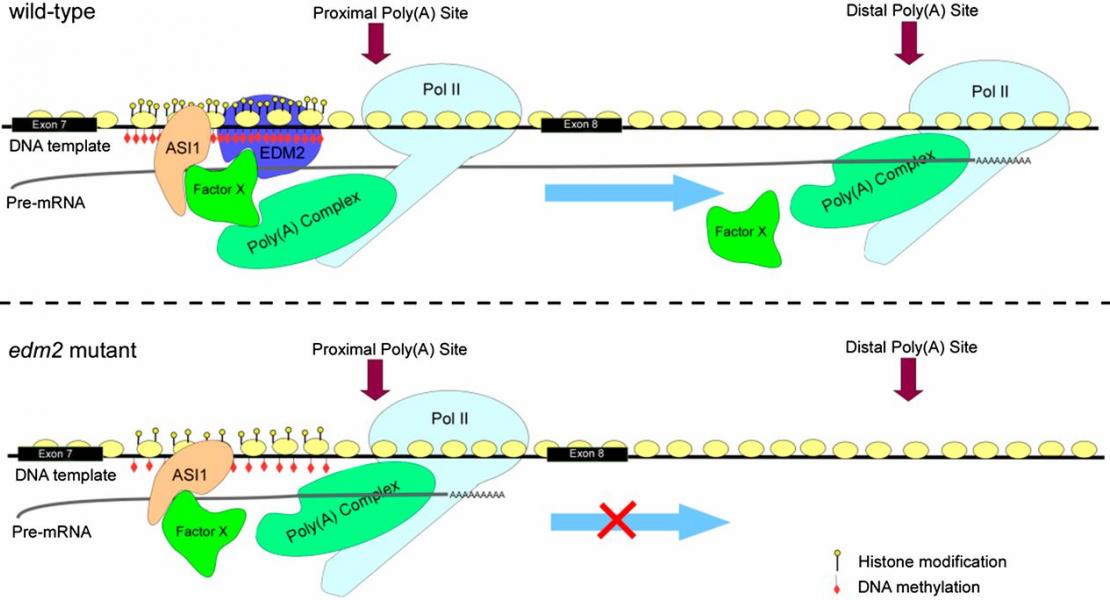Genome-wide Analysis of Pre-mRNA 3′ End Processing Reveals a Decisive Role of Human Cleavage Factor I in the Regulation of 3′ UTR Length

Abstract
Through alternative polyadenylation, human mRNAs acquire longer or shorter 30 untranslated regions, the latter typically associated with higher transcript stability and increased protein production. To understand the dynamics of polyadenylation site usage, we performed transcriptome-wide mapping of both binding sites of 30 end processing factors CPSF160, CPSF-100, CPSF-73, CPSF-30, Fip1, CstF-64, CstF-64t, CF Im25, CF Im59, and CF Im68 and 30 end processing sites in HEK293 cells. We found that although binding sites of these factors generally cluster around the poly(A) sites most frequently used in cleavage, CstF-64/CstF-64t and CFIm proteins have much higher positional specificity compared to CPSF components. Knockdown of CF Im68 induced a systematic use of proximal polyadenylation sites, indicating that changes in relative abundance of a single 30 end processing factor can modulate the length of 30 untranslated regions across the transcriptome and suggesting a mechanism behind the previously observed increase in tumor cell invasiveness upon CF Im68 knockdown.
